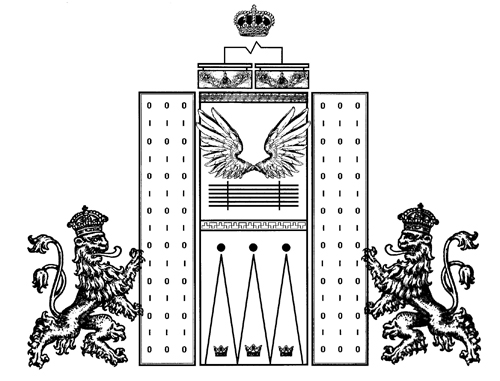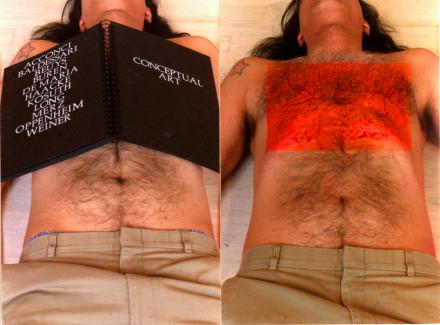Bulgarian artist Ivan Moudov shows his "Fragments" project in this exhibition, as seen at the Venice Biennale.
Lifting. Theft in Art
Peacock Visual Arts
21 Castle Street
Aberdeen AB11 5BQ
25 August - 29 September, 2007
Curated by Atopia Projects
Lifting is a show at Peacock Visual Arts exploring instances when art gets in the way of what is considered "legal". The show creates an archive of historical and contemporary works of radical appropriation- how theft and vandalism are "lifted" from criminal behaviour and into the art sphere. The results are humourous and poignant revelations on the absurdity of the legal and social ideas of ownership, originality and copyright.







